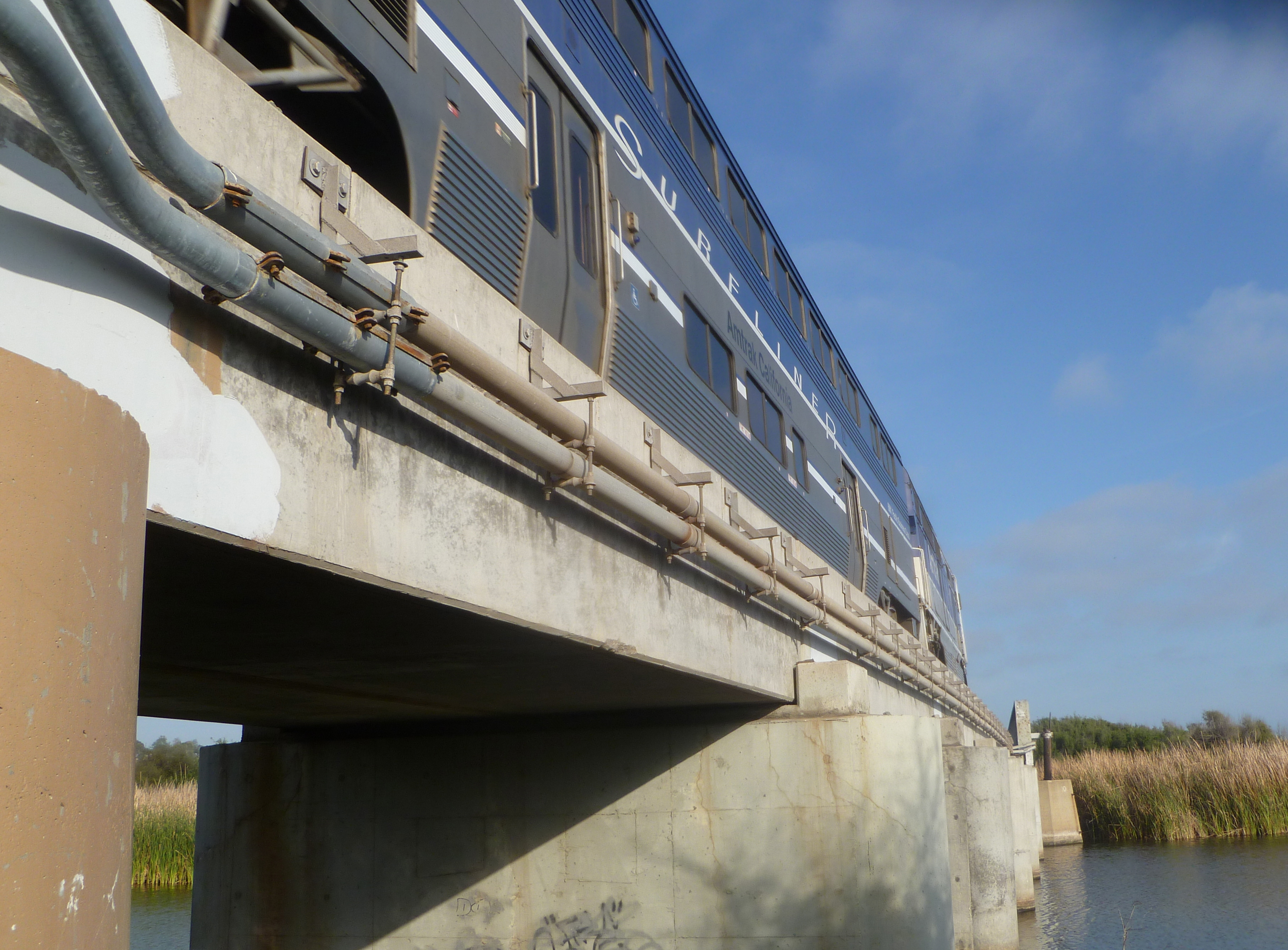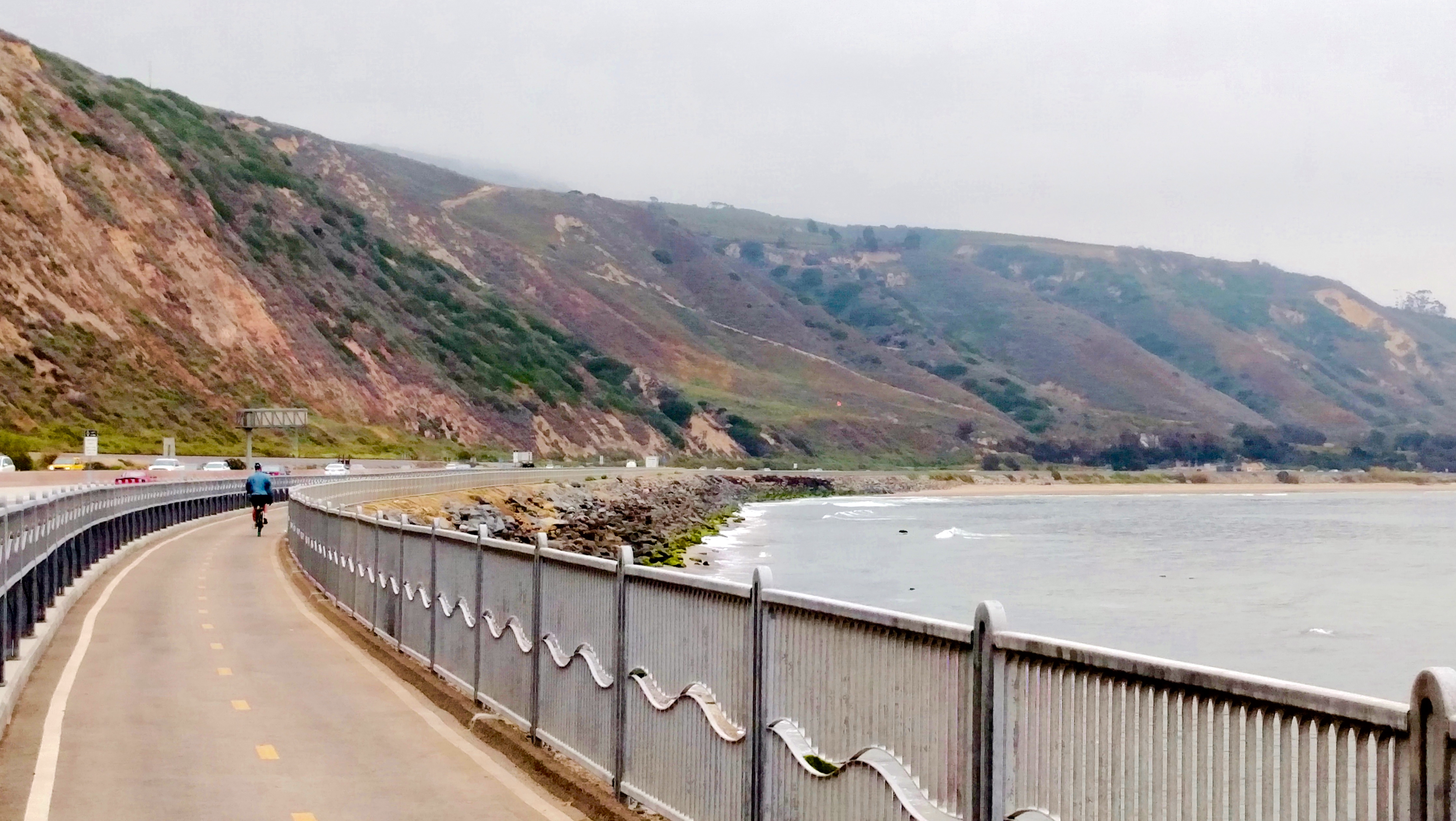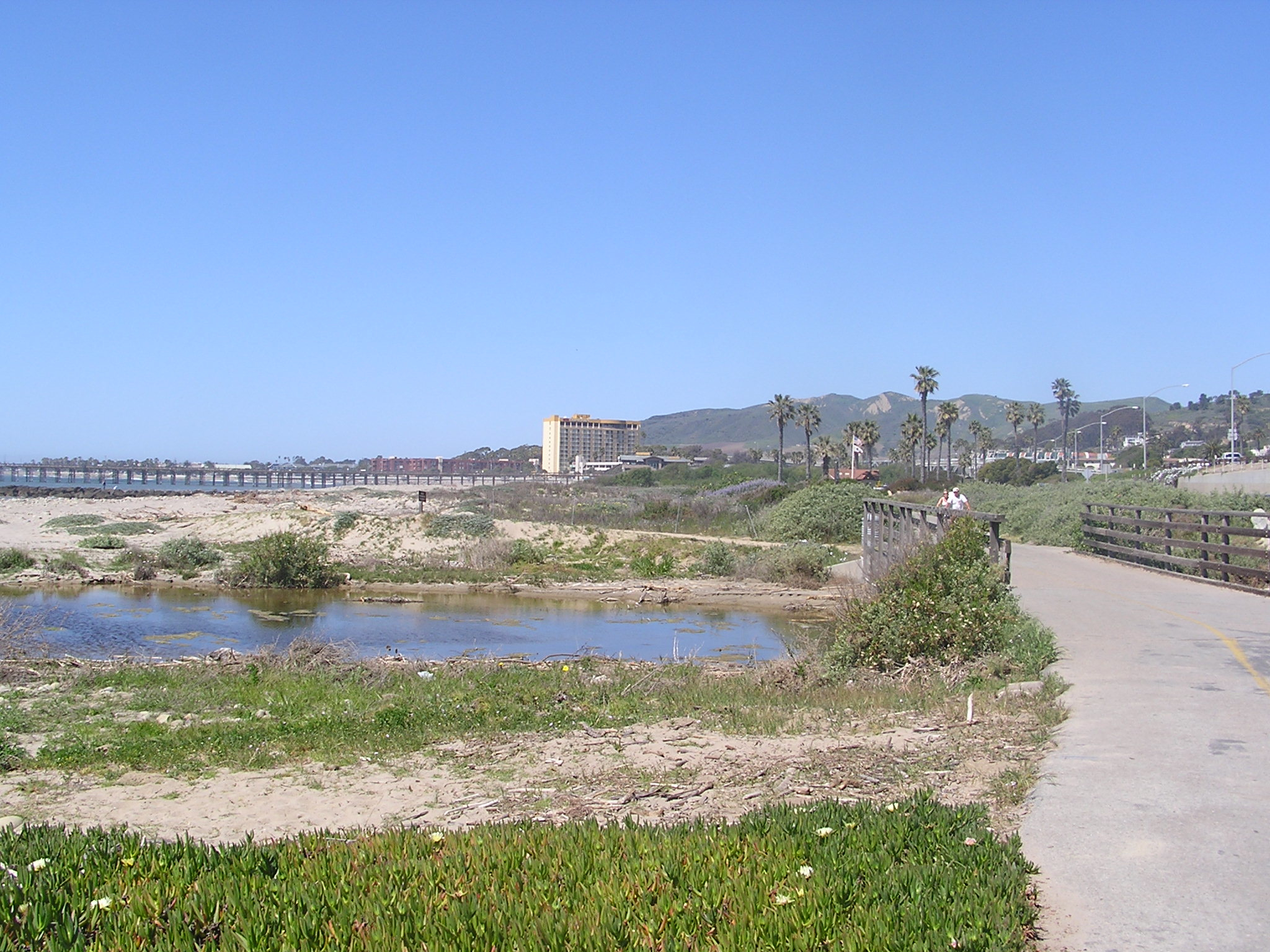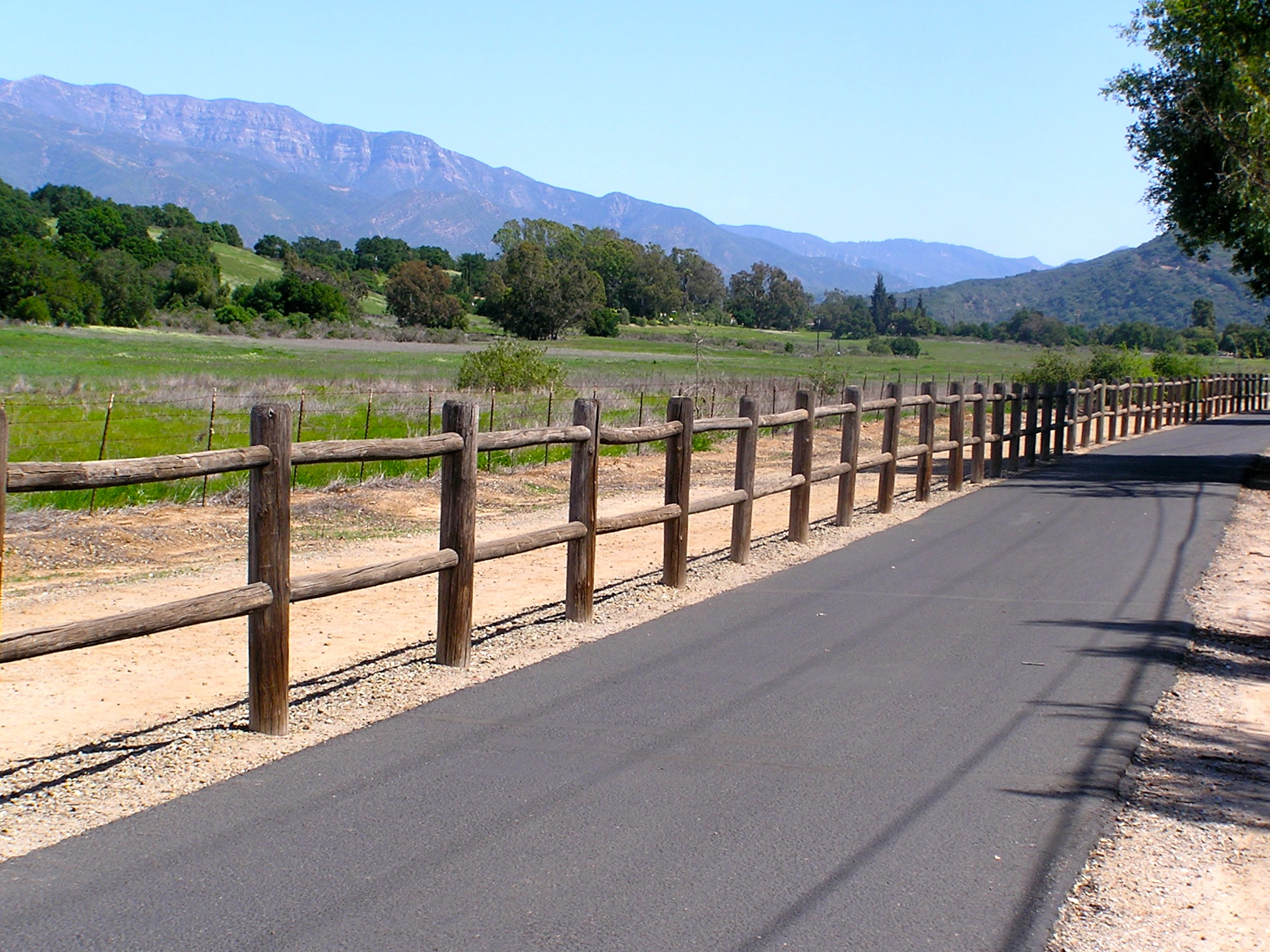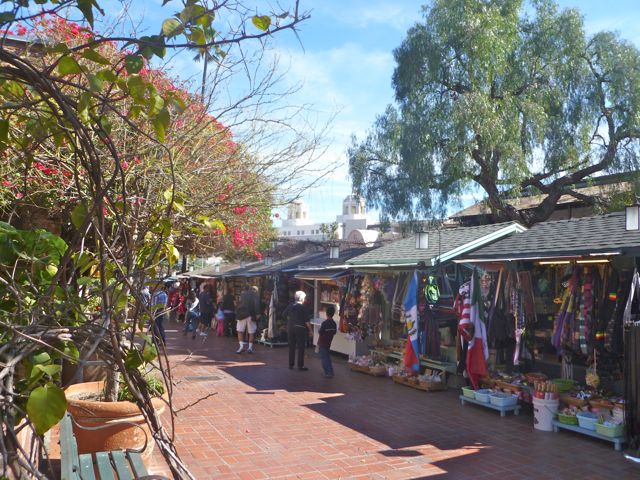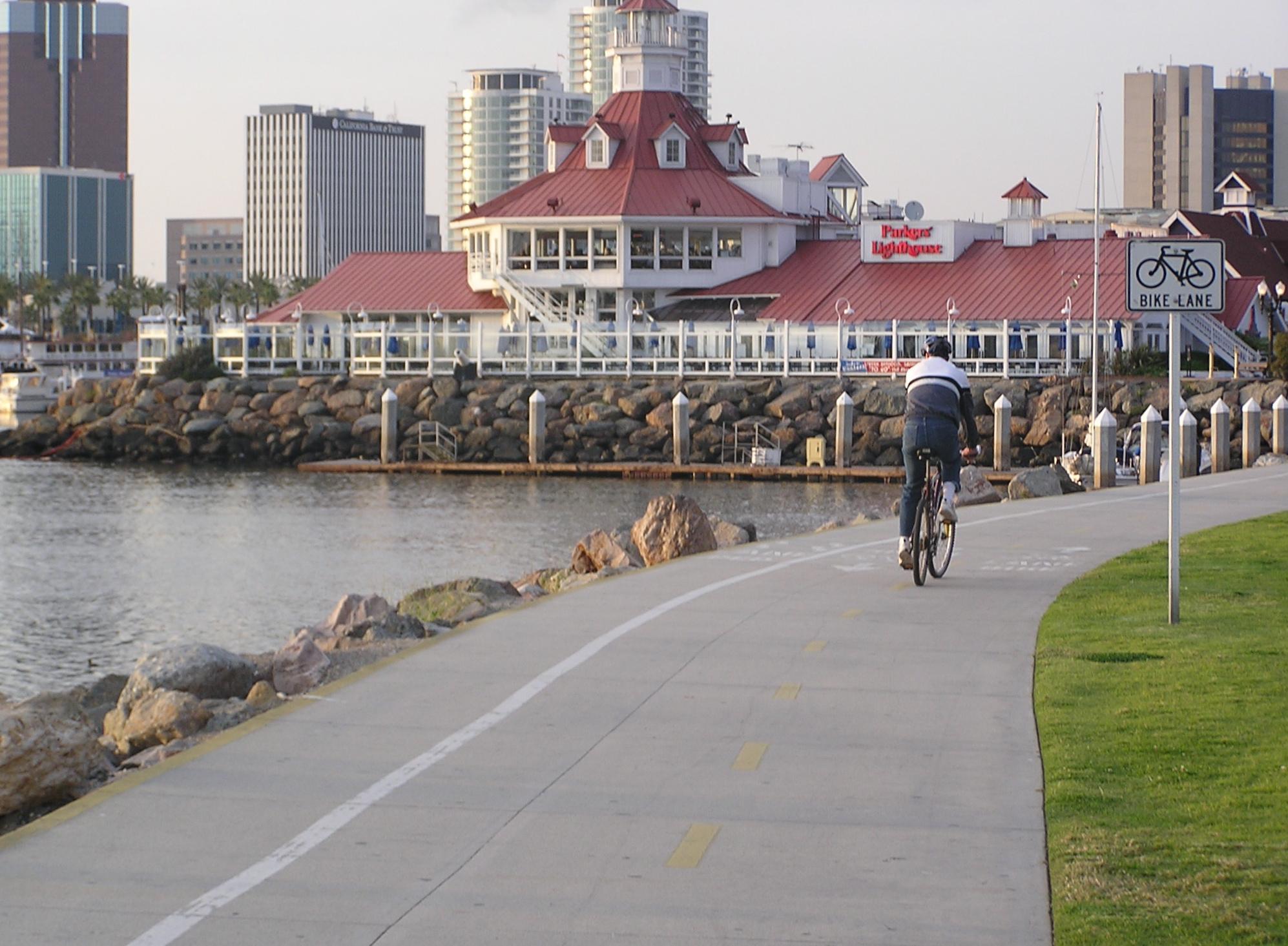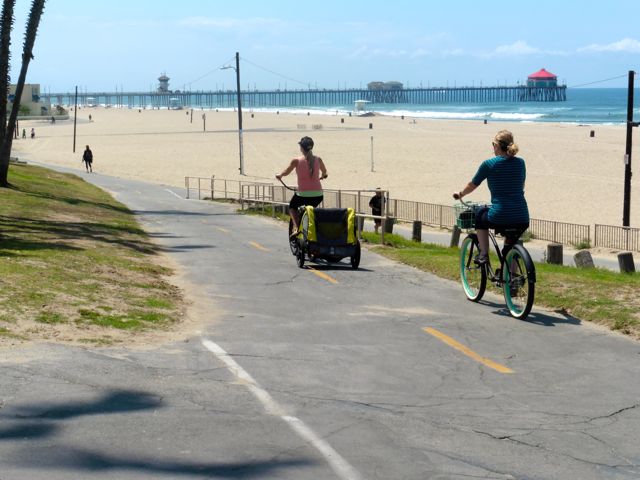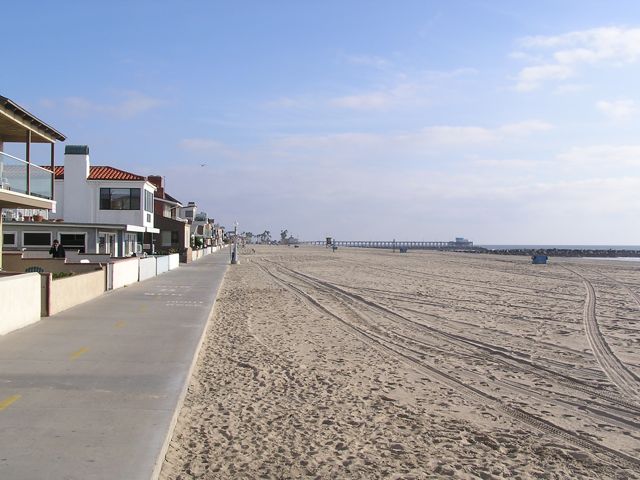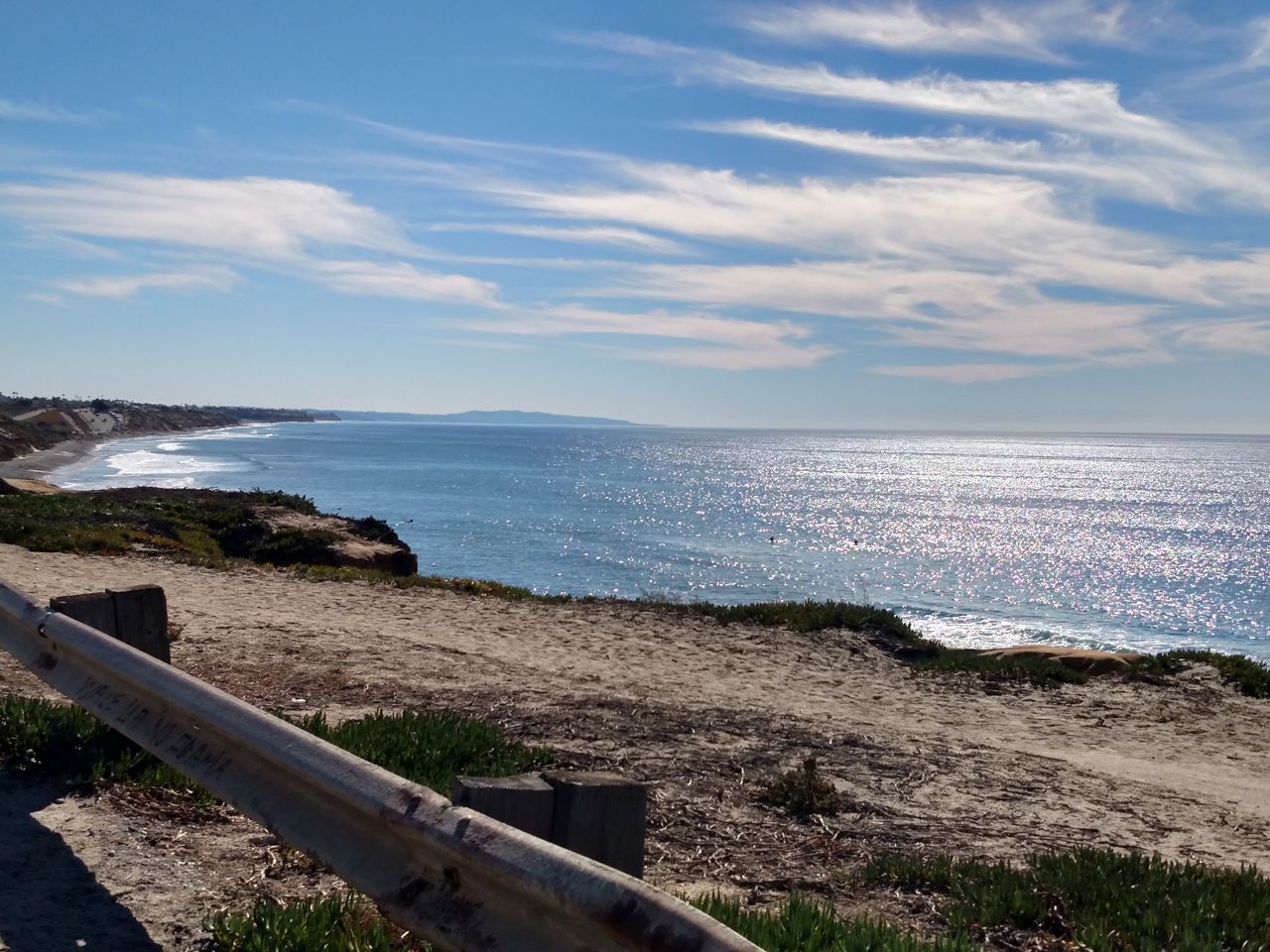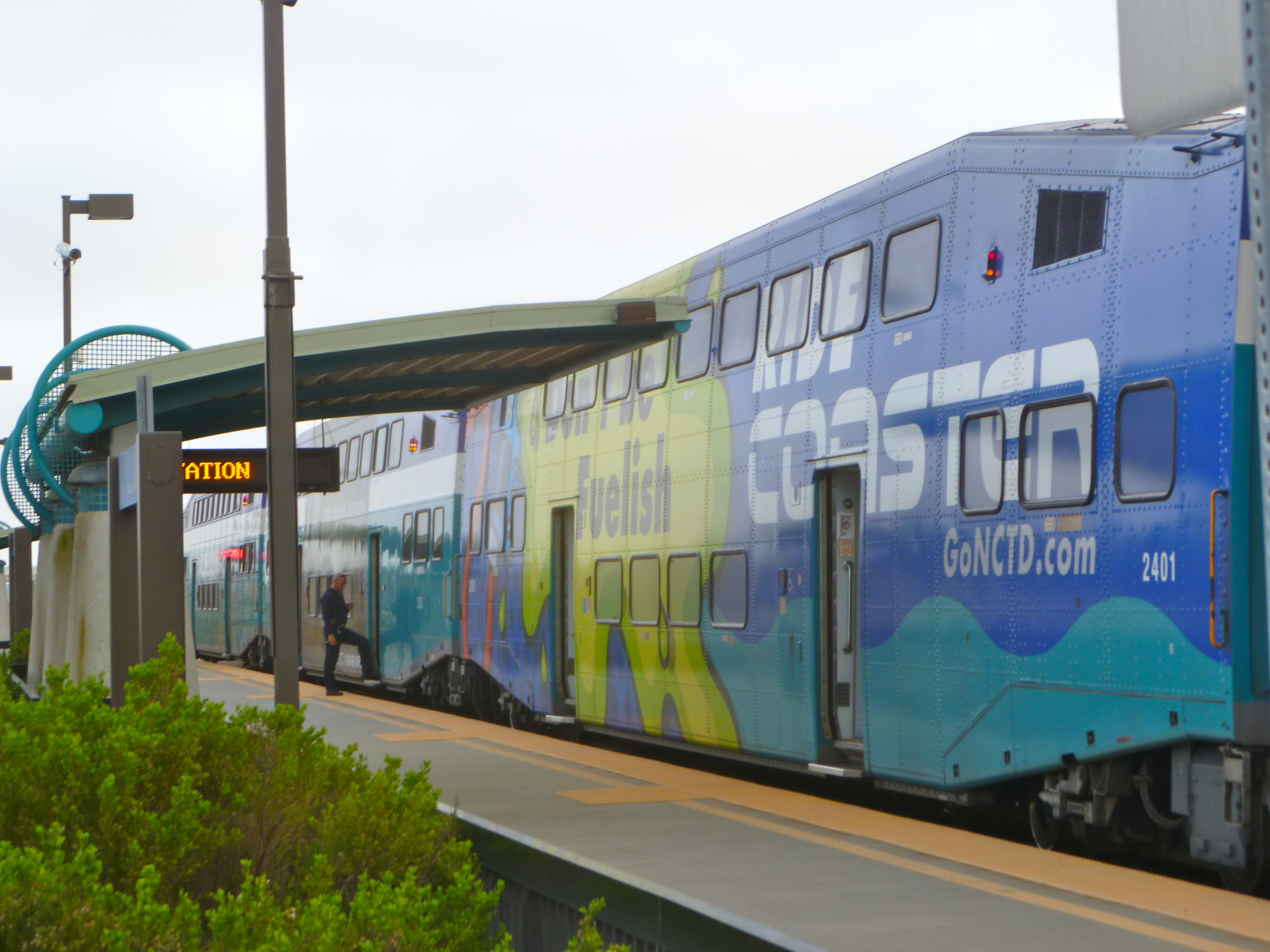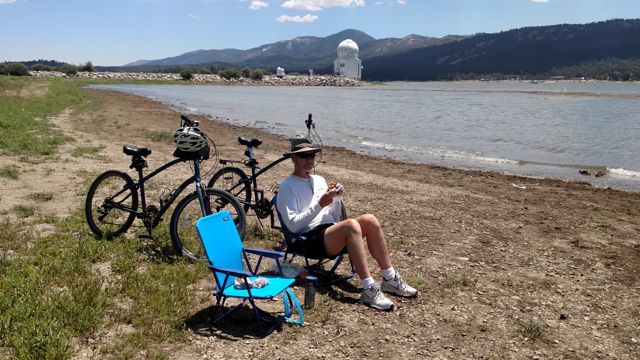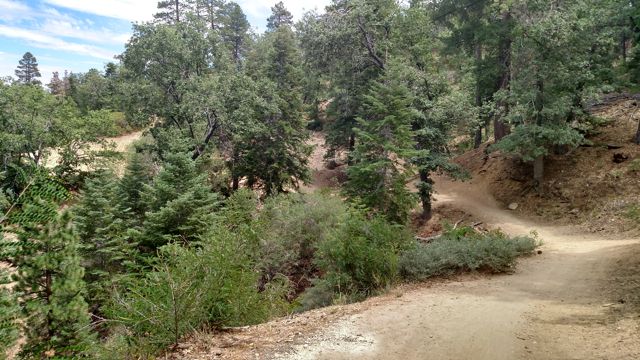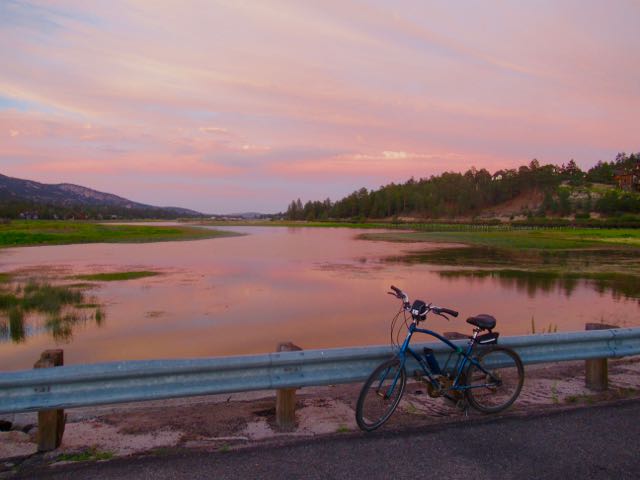Tour in bicicletta dalle città portuali italiane
By Richard Fox, December 2023
There’s nothing like bicycling in Italy. Most bike tourists experience extended tours of places like the Tuscany region, but we cruise ship travelers also had our fair share of Italian cycling bliss. Three of our four cruises stopped at a total of nine Italian ports, and some ports were visited more than once. We enjoyed five bike tours from the Italian ports.
Starting from the northwest, our Celebrity Edge stopped in the beautiful town of Portofino. There were no biking opportunities there, but it is better seen on foot anyway, especially walking around the town and out to the fort and lighthouse. The Edge also stopped in La Spezia, where we accessed a spectacular bike tour in the hills and coast outside of Cinque Terre National Park. Livorno, a stop on Norwegian Breakaway, was the gateway for a bus excursion to Firenza (Florence). Between the required shuttle to downtown Livorno to catch the next phase of travel, and uncertainty of the timing of getting to Firenza it was near impossible to coordinate a bike tour, and none were offered by the ship. Walking is the best way to see Firenza as we did, but if you have the time, it is also a lovely city and surrounding Tuscany area to explore on a bike tour.
The situation is similar in Roma, where passengers first have to take a shuttle to downtown Civitivecchia, and then figure out how to get to Roma from there, making the timing of a tour difficult. We had a few days in Roma between two cruises, and were able to take advantage of a fabulous bike tour there. The Napoli (Naples) port is adjacent to downtown, so when our Norwegian ship docked there it was easy to meet our guides nearby and do a great bike tour to a vineyard. We spent three days in Salerno from Holland America, but that was our jumping off point to tour Pompeii and the Amalfi Coast, so we didn’t bike there. Our stop in lovely Sorrento was from a surprise last minute change, so we didn’t have the chance to look into cycling there, although it seems walking was the perfect way to explore the town in the time allotted. Bike tours are offered in the surrounding countryside, better suited for longer stays there.
Holland America stopped twice in Messina on the island of Sicily, and we did a nice coastal self-guided ride there. Finally, in the Puglia region on the southeast coast we experienced a delightful bike tour of the city of Bari.
The four guided tours were led by wonderfully knowledgable and affable locals that made the already beautiful and interesting routes even more enjoyable. The spectacular scenery always thrilled the senses, and the local cuisine we sampled delighted the palate, especially the pasta, focaccia, and gelato. Like most of the Mediterranean ports, these areas combined scenic waterfront paths with fascinating and welcoming ancient cities to cycle through. The tours were booked either through the apps GetYourGuide or Viator, or directly from the shops.

LEVANTO – LA SPEZIA: Cinque Terre Area, Liguria
Cinque Terre National Park is all about the hiking between the five charming seaside villages, although in fall 2023 some of the main trail sections were still closed due to landslide damage. The Cinque Terre train runs between the two main access cities, La Spezia to the south and Levanto to the north. Unfortunately the train mostly runs through tunnels with a paucity of vistas. The more scenic transport option if you have time is the ferry that accesses the villages. La Spezia Centrale train station is about 3 km uphill from the port, where our Celebrity Edge ship was docked. After the free shuttle from the ship to port entrance we took a cab for 15€ to get to the station for the 25 minute trip to Levanto to meet our bike tour. We later walked back to the port through pleasant pedestrian promenades through town and along the shore. I noticed bikes on La Spezia streets and the waterfront promenade, so if you stay in town you can look into a rental to explore there.
EBikeInCinqueTerre in Levanto offers e-bike adventures into the National Park, way up in the hills on back roads, then dropping down into one of the villages. Though Cinque Terre is their calling card, EBikeIn also offers an alternate route, which is outside of the park boundary but with similar views, and without the Cinque Terre crowds. Our group of four opted for this less crowded version. We climbed, and climbed, and climbed from Levanto into the Ligurian hills of Framura, our Class I e-bikes giving us plenty of assistance, with some exertion still required. Our wonderful guide, Sara, provided lots of interesting information about the region. The scenery was stunning as promised on this beautiful sunny day, with vistas of the sea and far off villages. We stopped for coffee in a small charming hamlet then back down to sea level. We passed the village of Bonassola and at a 400-year old chapel overlooking Bonassola Bay, Sara brought out local wine and delicious focaccias. We took the Mare e Monti rail trail back toward Levanto. It was mostly in lit tunnels, with some breaks for sea vistas. This was a fabulously satisfying bike ride, a home run, the best ride of our trip. No surprise that EBikeIn gets all 5* reviews. Distance: 24 km (18 miles); Elevation gain: of 500 m (1600 ft). Cost: 70-80€ each if booked directly with EBikeIn, more via the apps.
After the tour, on our return train ride to La Spezia, we stopped at Vernazza since we wanted to experience at least one of the Cinque Terre villages. As expected it was a beautiful village in a stunning setting, though overflowing with tourists. We had our traditional gelato while gazing at the village from the harbor. The Cinque Terre train is 5€ per trip, or 18€ for a daily Cinque Terre Trento Pass that includes unlimited train rides, admission to a couple of park hiking trails that require an entry fee, and other perks.
ROMA
To get into Rome from its port requires a free shuttle to downtown Civitavecchia, and then taking a train, bus or taxi into Rome that can take 1 to 2 hours. Doing a ship-sponsored tour is expensive but ensures you get back and forth in time, however they rarely offer bike tours. On our port day during our Holland America cruise we just did a walkabout around Civitavecchia, which was enjoyable. Many cruises start or end in Rome, and thankfully in our case we had three days in Rome between our Holland America and Norwegian cruises, so were able to do what we wanted without time constraints.
On our arrival day in Rome, thanks to a helpful AirBnB host who let us check in early, we did a very memorable afternoon e-bike tour, led by Mario of Landimensiontravel.it. We were the only ones on the tour, but he was just as enthusiastic and fun as if it was a big group. He gave us the option of a route to see the major sites, or an alternate tour with hidden gems with less crowds, which we took, since we had other days to see the sites like the Coliseum on foot. The shop was an easy walk from our AirBnB near Piazza Navona, versus others that started near the Coliseum. We explored his trendy Trastevere neighborhood, and swung by St Peter’s Square and way up Janiculum Hill for pano city views. We sampled some local sweet treats as we wandered mostly along narrow cobblestone back streets, with minimal exposure to crazy Rome traffic, stopping to see some lesser known but fascinating points of interest. It was the highlight of our Rome stay, and one of our favorite e-bike tours. Cost: ~65€, directly or via Viator, as we did.
There’s a wide variety of bike tours available in Rome, as well as along the Appian Way past Roman aqueducts. Many rave about that route but it can be bumpy and muddy so check conditions before taking a tour or renting a bike to do that. There is also a paved bike path along the Tiber River through Rome.


NAPOLI - Campi Flegrei Region
The port of Naples is adjacent to the city, with no shuttle or tender required. We wanted to dive right in and get the feel of this historic city with a famed Margherita pizza in our cartoon balloon. We were willing to brave its crazy streets to do a city e-bike tour that included sampling of pizza. Alas our tour with Mavin BikeRent via Viator was cancelled last minute because of an ill guide. We were offered a substitute, a tour to a local vineyard north of the city, so we did that instead. All participants were picked up from near the port and driven about 20 minutes north to the outskirts of Naples to their shop and provided with good, solid e-bikes.
The route was on city bike paths and streets leaving the shop, emerging to a low traffic street along the stunning Pozzuoli seafront with views across to Capris. Our guide discussed the volcanic origins of the area that is still active and concerning. After riding through a historic district, a small industrial area and the ruins of the central market of the ancient Roman city of Pozzuoli, we reached the volcanic crater lake, Avernus (Lago d’Averno), “gateway to Hades .” Across were ruins of Roman baths and a vineyard. We rode through the vineyard on a dirt path and were treated to red and white Campi Flegrei region wine made there, along with a delicious spread of local focaccia, olives, cheese and sandwiches. We had a good visit with the other participants, a nice feature when a tour includes a meal.
The ride back started nicely around the lake, but soon went to a hilly busy road with no bike lanes, with just a couple of panoramic views out to sea from the hilltops. Our one stop was to view the impressive Roman theatre site, Anfiteatro Flavio di Pozzuoli, circa 1AD, the third largest amphitheater built by the Romans. It was closed for renovations so we just peered in from the street. I would have preferred to return via the scenic uncrowded coastal route instead of the busy inland route, even if it meant missing this one stop, although Steve enjoyed the faster inland route. Our guide exclaimed “if Napoli drivers honk at you, they’re just saying hello!” When we returned to port it was too late to go into town for pizza, alas we will just have to return. All in all It turned out to be yet another fantastic exhilarating biking day from a port city. Cost: ~85€, directly or via Viator, as we did.
MESSINA – Sicily
Messina has a compact and beautiful old town with the giant Piazza del Duomo facing the impressive Cathedral of Messina (Basilica Cattedrale di Santa Maria Assunta). Its bell tower contains the biggest and most complex mechanical and astronomical clock in the world. At noon crowds gather to watch its gilded bronze statues move and emit sounds for 12 minutes related to Messina’s civil and religious tradition .
Downtown Messina can be easily explored by bike, or on foot, just a couple of blocks from the cruise port with no shuttles required. Other interesting historic parts of town are up in the hills. The signature easy scenic bike ride here is 32 km (20 miles) up and back from downtown Messina to the northeast tip of Sicily at Torre Faro where there is a quaint village, beautiful beaches, a fort, and a giant tower, Pilone di Torre Faro, once used for high tension lines. The Riserva Naturale Orientata Laguna di Capo Peloro – Pantano Piccolo o Lago di Torre Faro (nature preserve) is also in this area.
We rented e-bikes from MediterraneaBike, about 10 minutes walk from the port. The first km of cycling from downtown was dicey riding amongst impatient Sicilian drivers, but a welcome seaside bike path then appeared, providing stunning views of the sea across to the Italian mainland. Unfortunately the bike path does not continue to Torre Faro and in a few km we were once again thrown into the mix with the speedy little cars. Traffic thinned as the route led to a community along a lake, Lago di Ganzirri, and then to Torre Faro and the features described above. A loop route wound around the other side of the lake and back the same way we came. I found this route on the Komoot app from MediterraneaBike’s web page, and it provided turn by turn instructions, which was very helpful for the Torre Faro loop portion at the end. Cost: 50€, daily e-bike rental fee, no hourly. Since it is a flat route you may consider a regular bike instead for 25€ .
BARI – Puglia Region
Bari is the principal city of the Puglia region of southeast Italy. Bari’s cruise port is located within a 10 to 15 minute walk of the old town district, Bari Vecchia, where bikes are allowed on the narrow streets when feasible to ride. Interesting features abound, such as ladies making and selling their pasta along the ancient streets, while on another street vendors fry and sell polenta, called Sgagliozze. At the harbor fishermen sort and sell their catch including octopus. Of the several historic churches, the main one is 12th Century San Nicola (Saint Nicolas) Basilica. Bari’s fortress, Castello Normanno-Svevo or Norman-Swabian Castle was first completed in 1132. A waterfront promenade makes for a nice scenic cycle for over a kilometer. Otherwise biking outside Bari Vecchia is on a few bike paths or with traffic in the newer sections, some streets having bike lanes or sharrows markings. Topography is fairly flat, so e-bikes while nice to have are not mandatory for an easy ride.
When planning I had seen several bike tours on the usual sites. One included a pasta making session. We did the basic 2.5 hour Highlights of Bari e-bike tour operated by ToursPuglia. Our guide, Rocco, was fun, enthusiastic and proud of his city and that made us appreciate it even more. We enjoyed the thorough introduction to Bari and the Puglia region, saw all the key sights, and had a great time. The e-bikes were the most comfortable of any on our trip, especially important for tall Steve, who had suffered in Messina. We would’ve liked even more actual riding with such nice bikes. After leaving Rocco we walked around Bari Vecchia until we were pooped. I can recommend doing a bike tour here, especially with Rocco of ToursPuglia, then walking around as we did. Cost: ~59€, booked directly or via an app.








































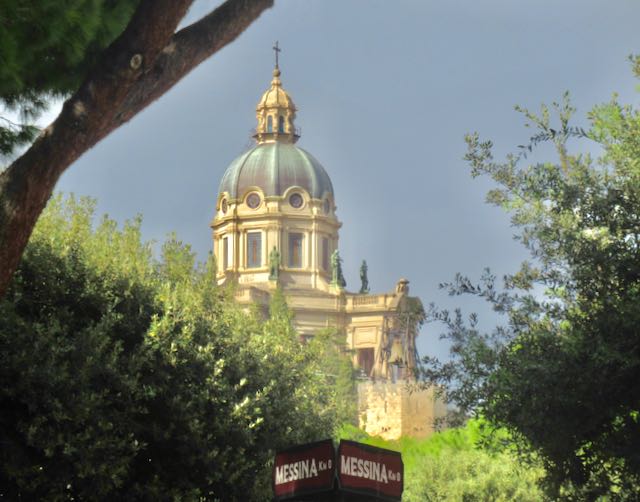














































































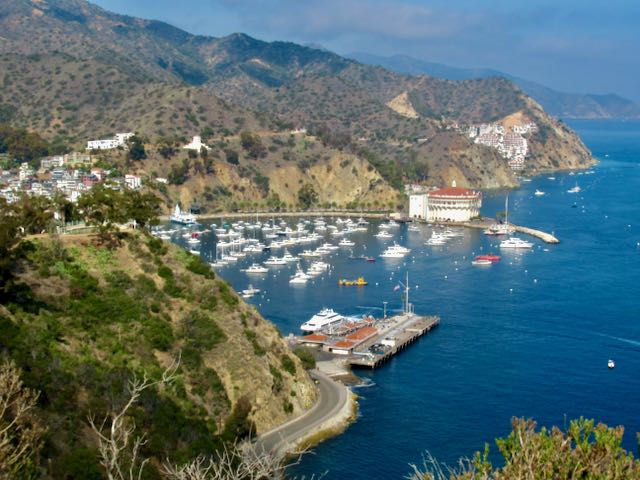











































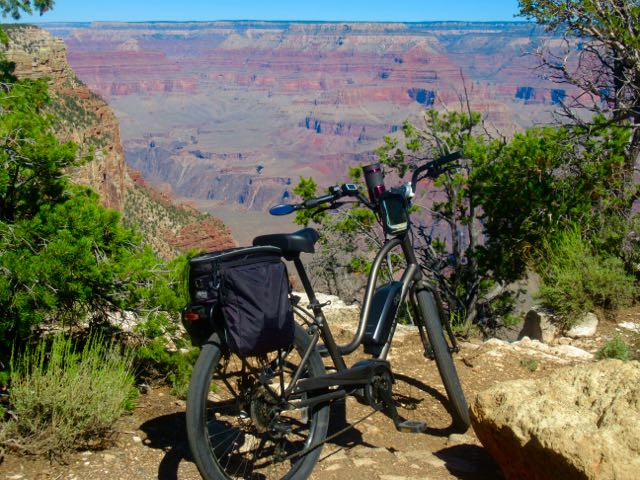
















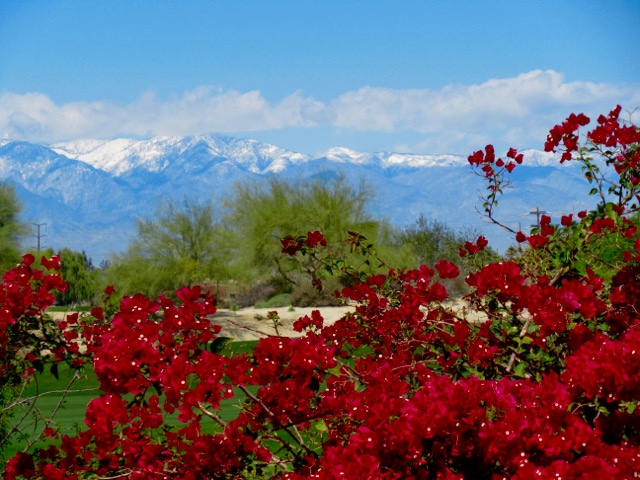
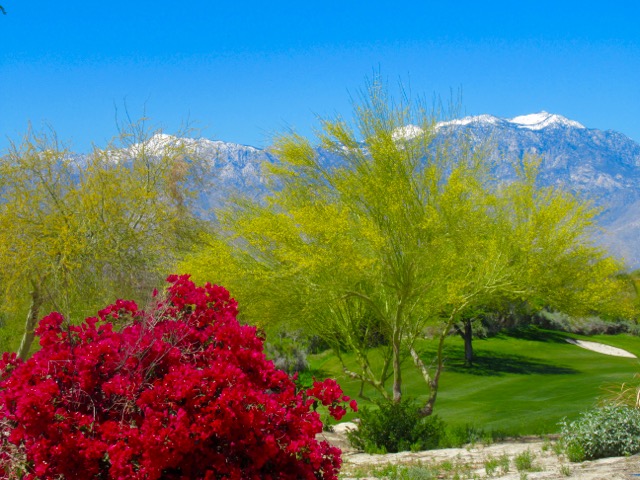
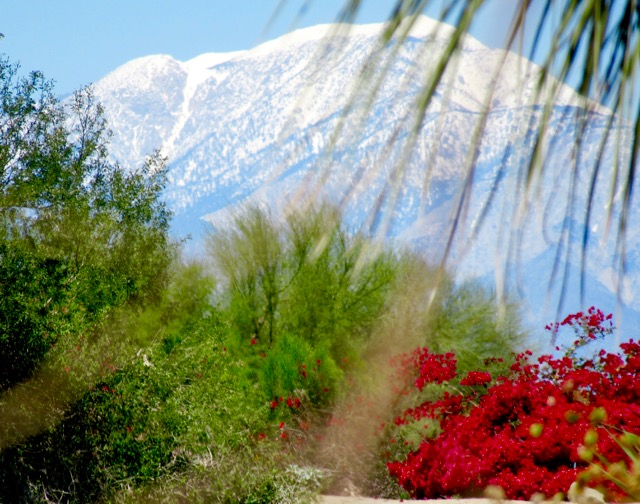
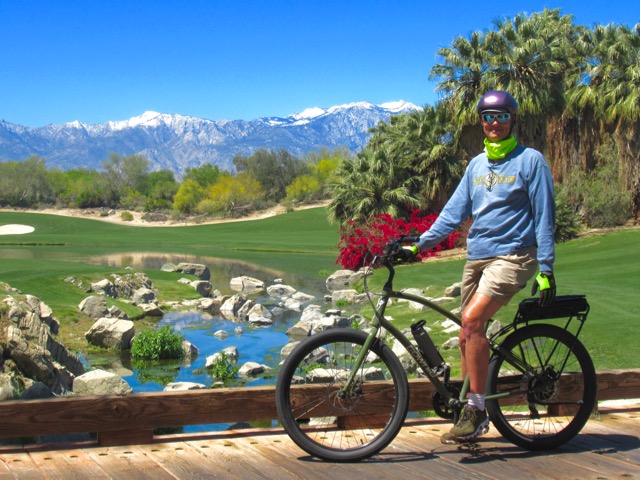

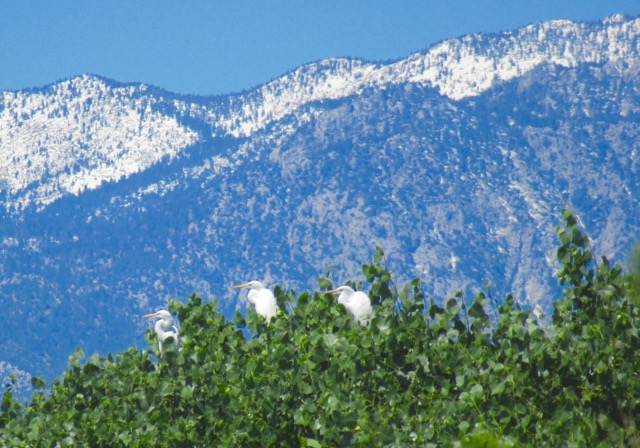
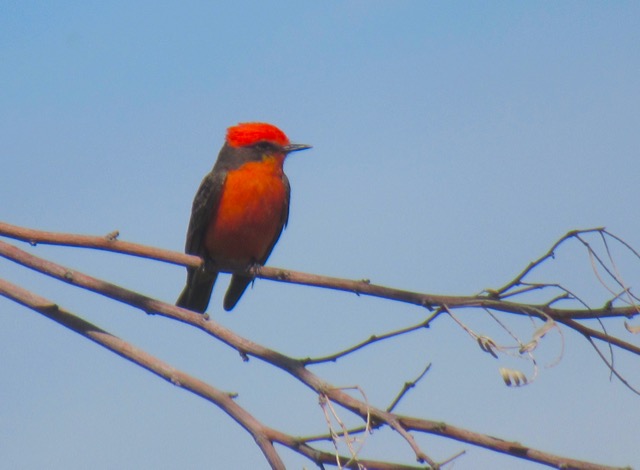
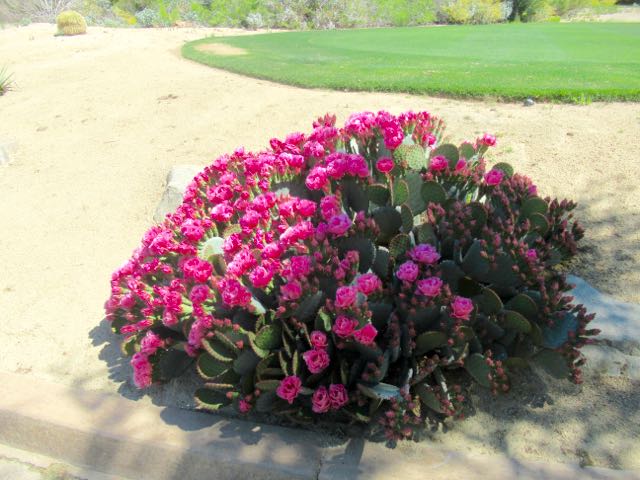

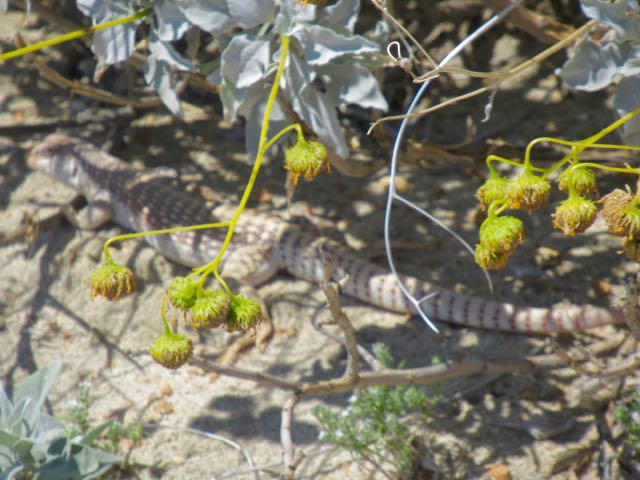
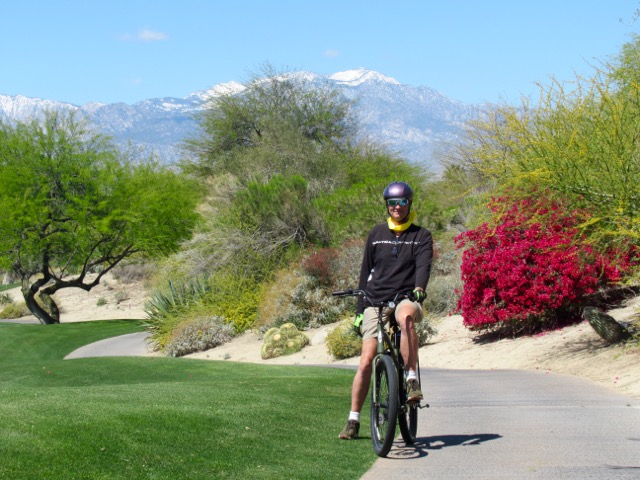
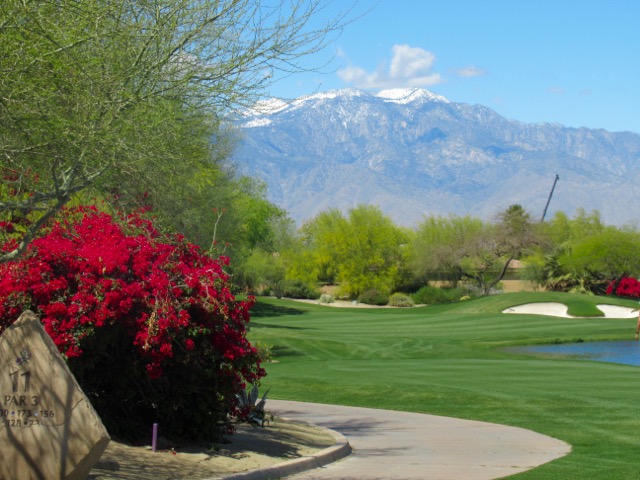


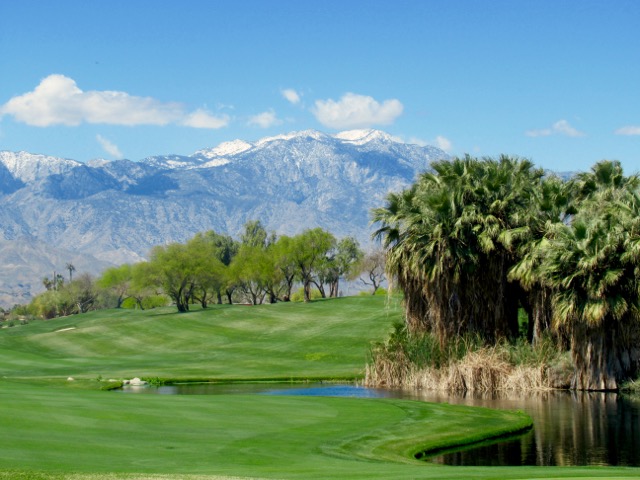
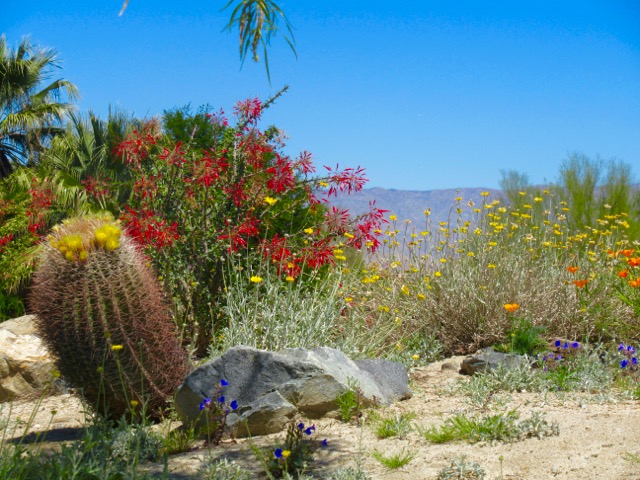

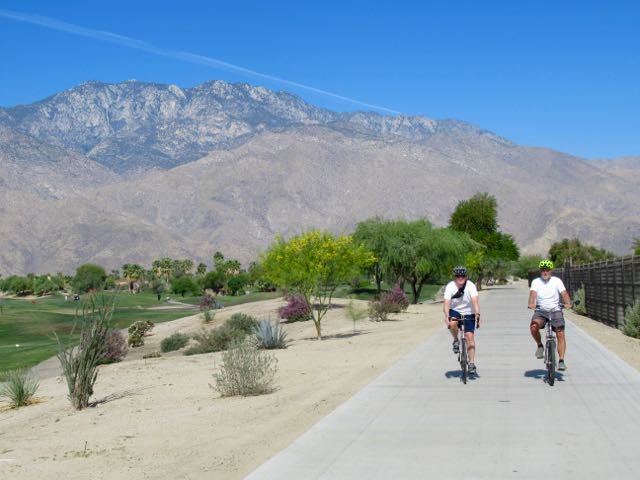


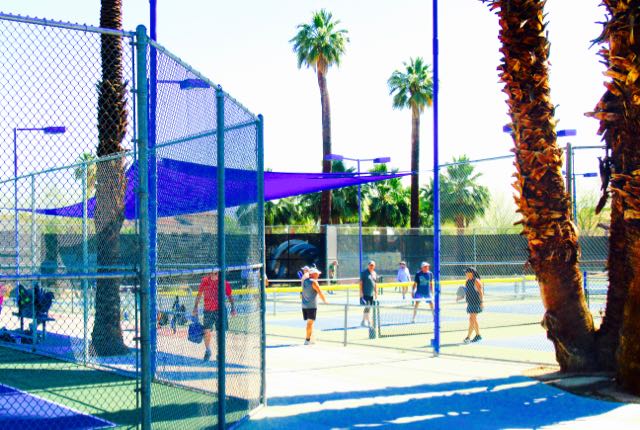




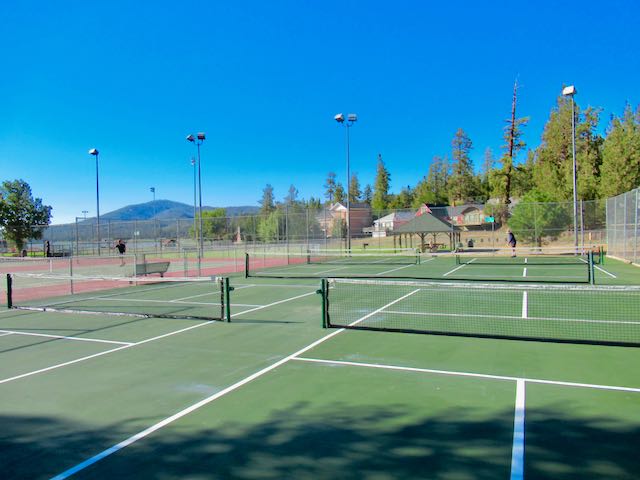



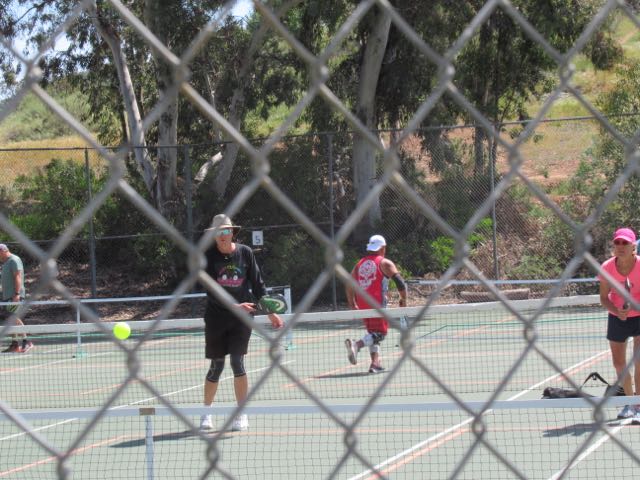
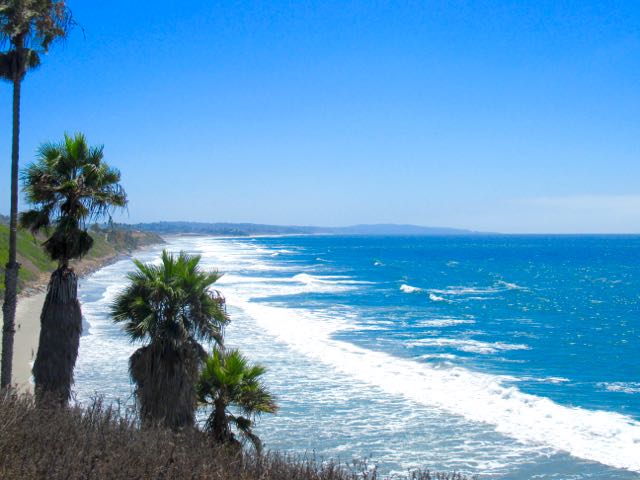

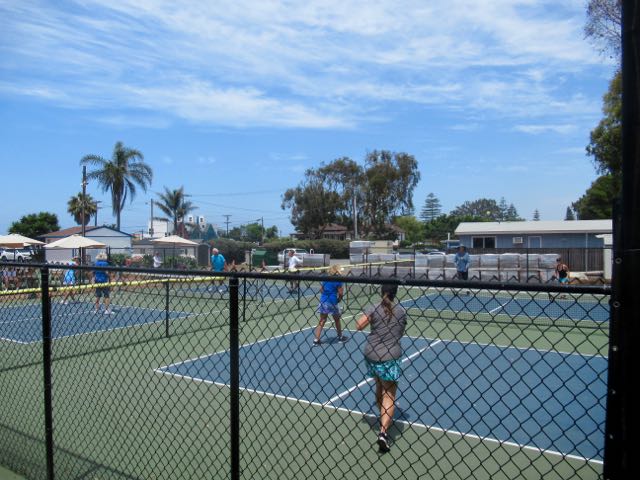







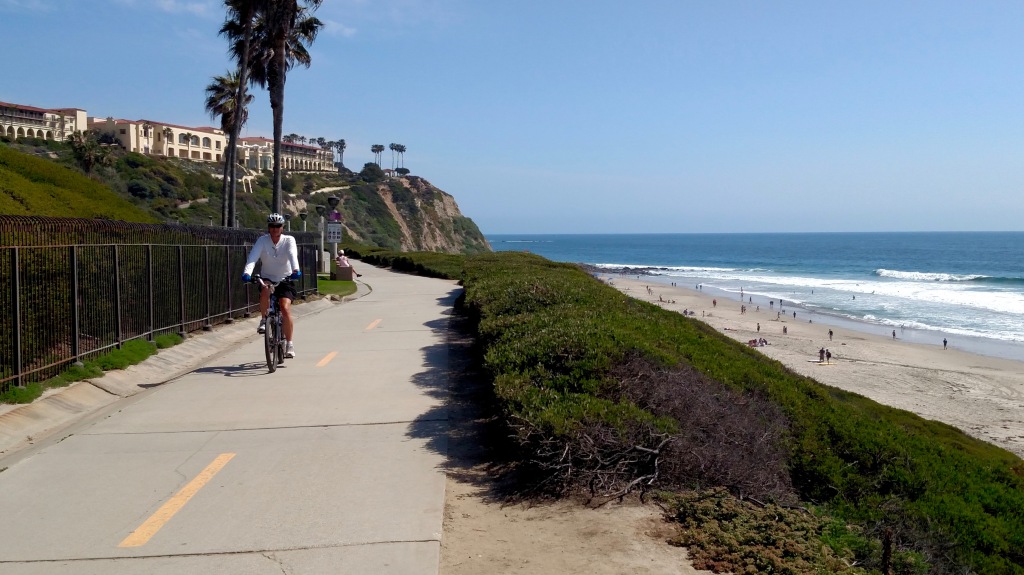


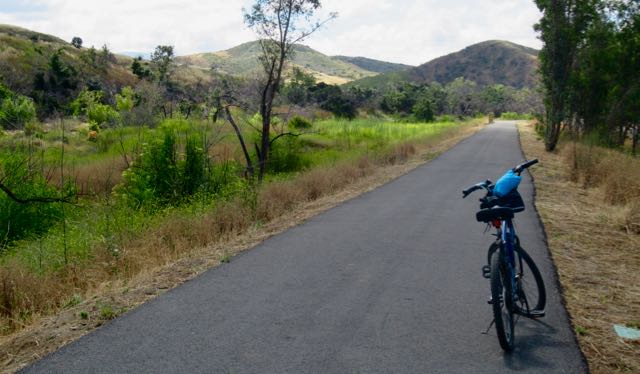






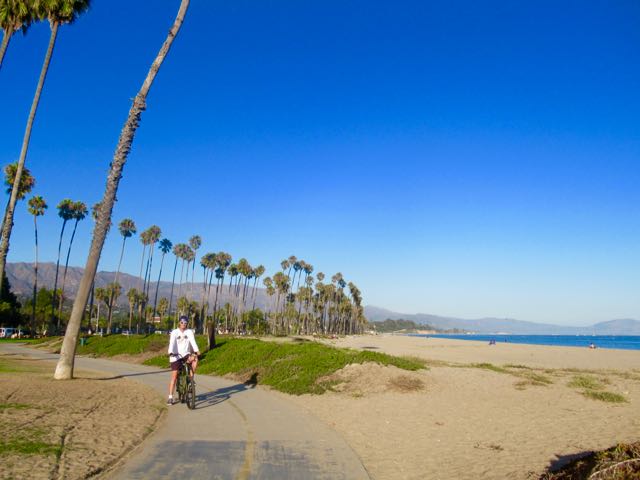






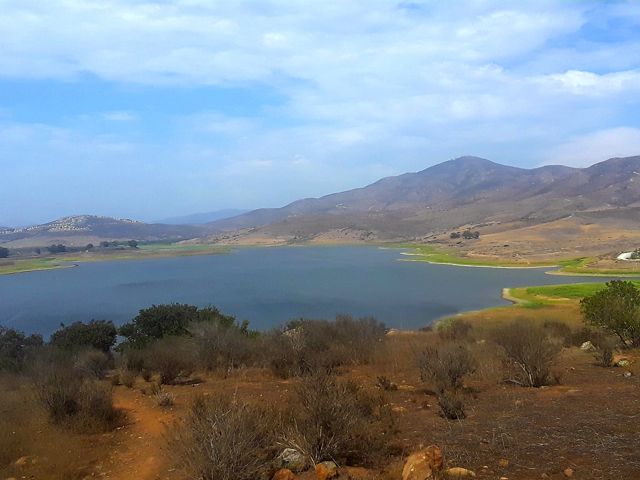






 My guidebook enCYCLEpedia Southern California – The Best Easy Scenic Bike Rides (3rd Ed, 2021) contains detailed ride descriptions through the most scenic areas,
My guidebook enCYCLEpedia Southern California – The Best Easy Scenic Bike Rides (3rd Ed, 2021) contains detailed ride descriptions through the most scenic areas, 